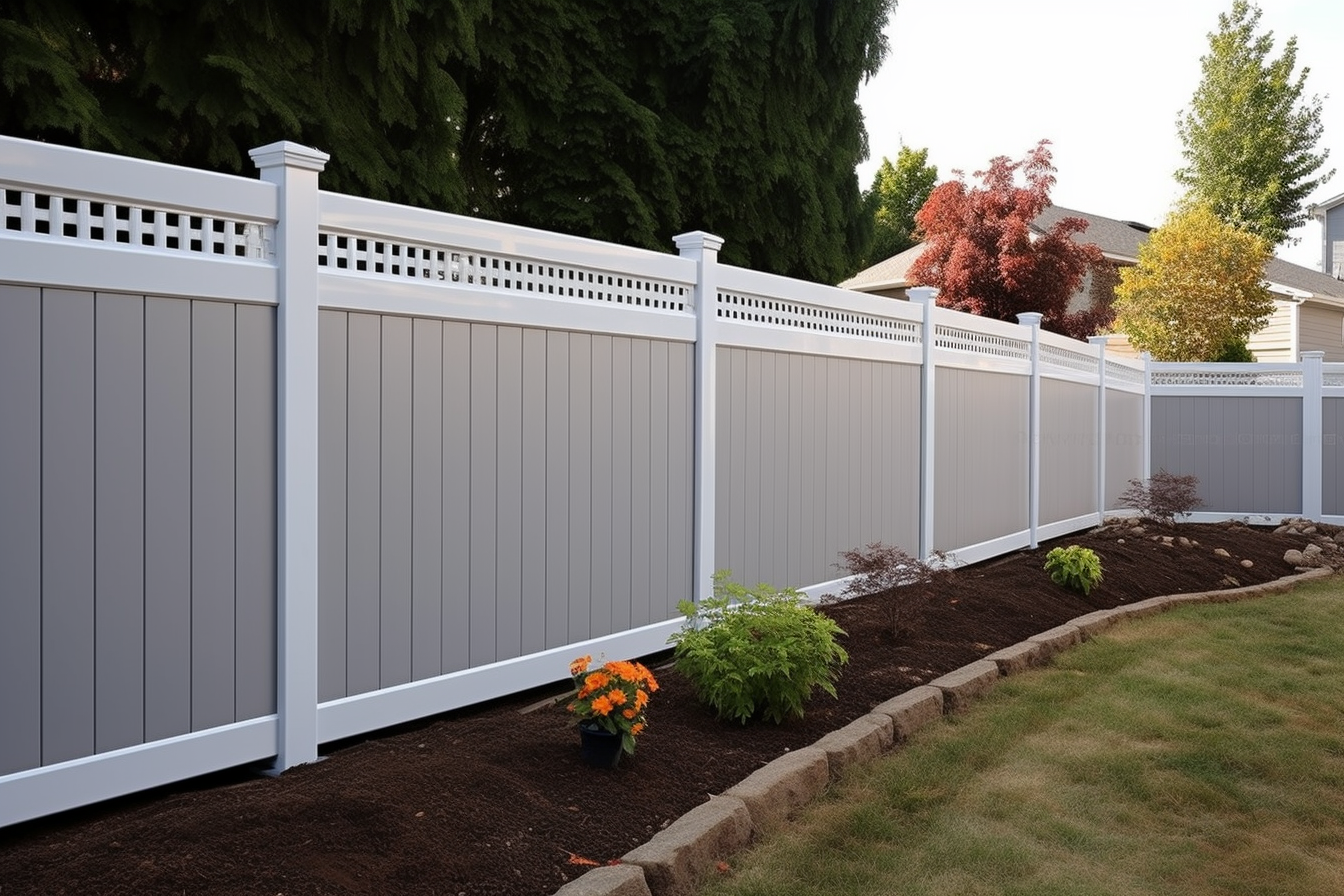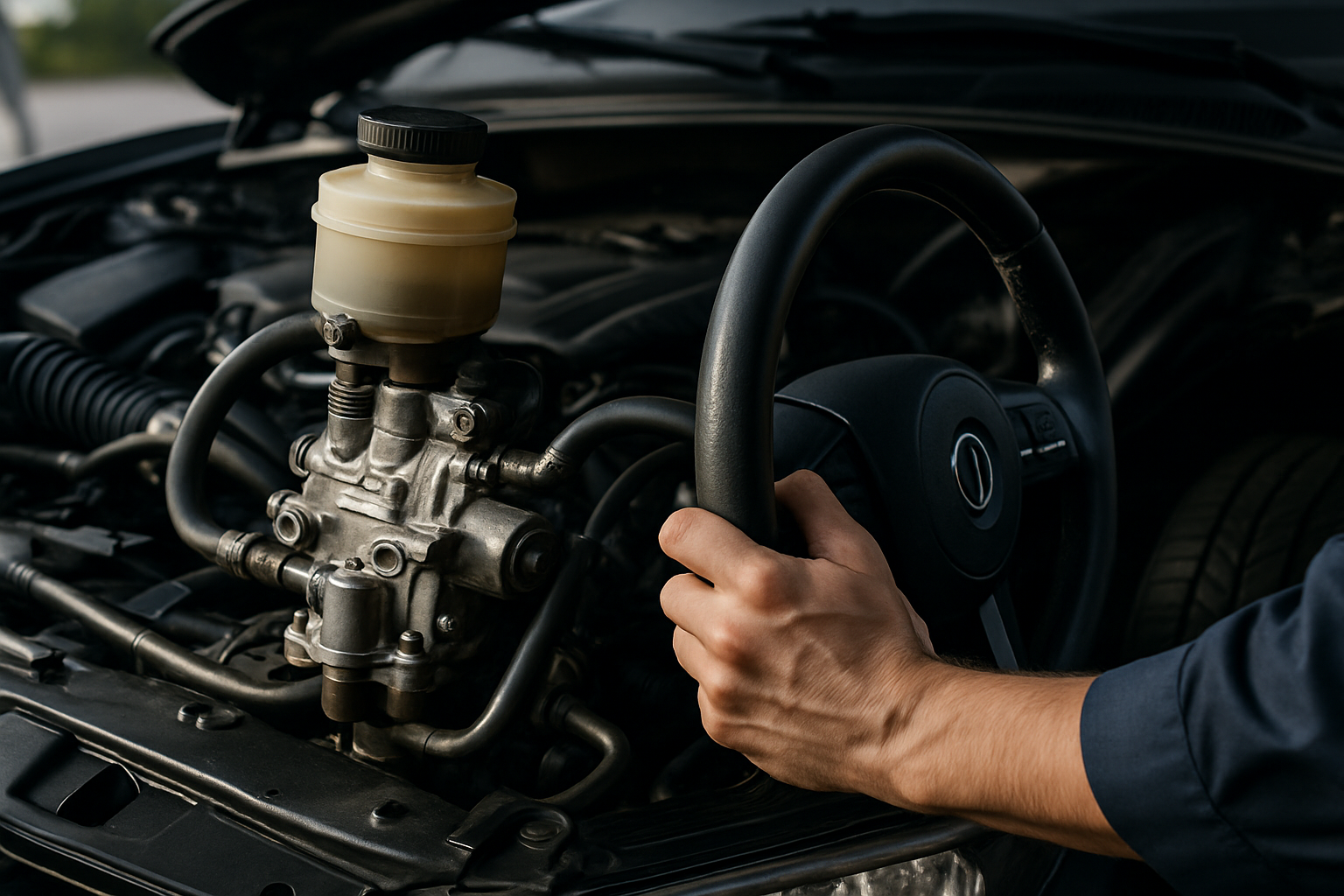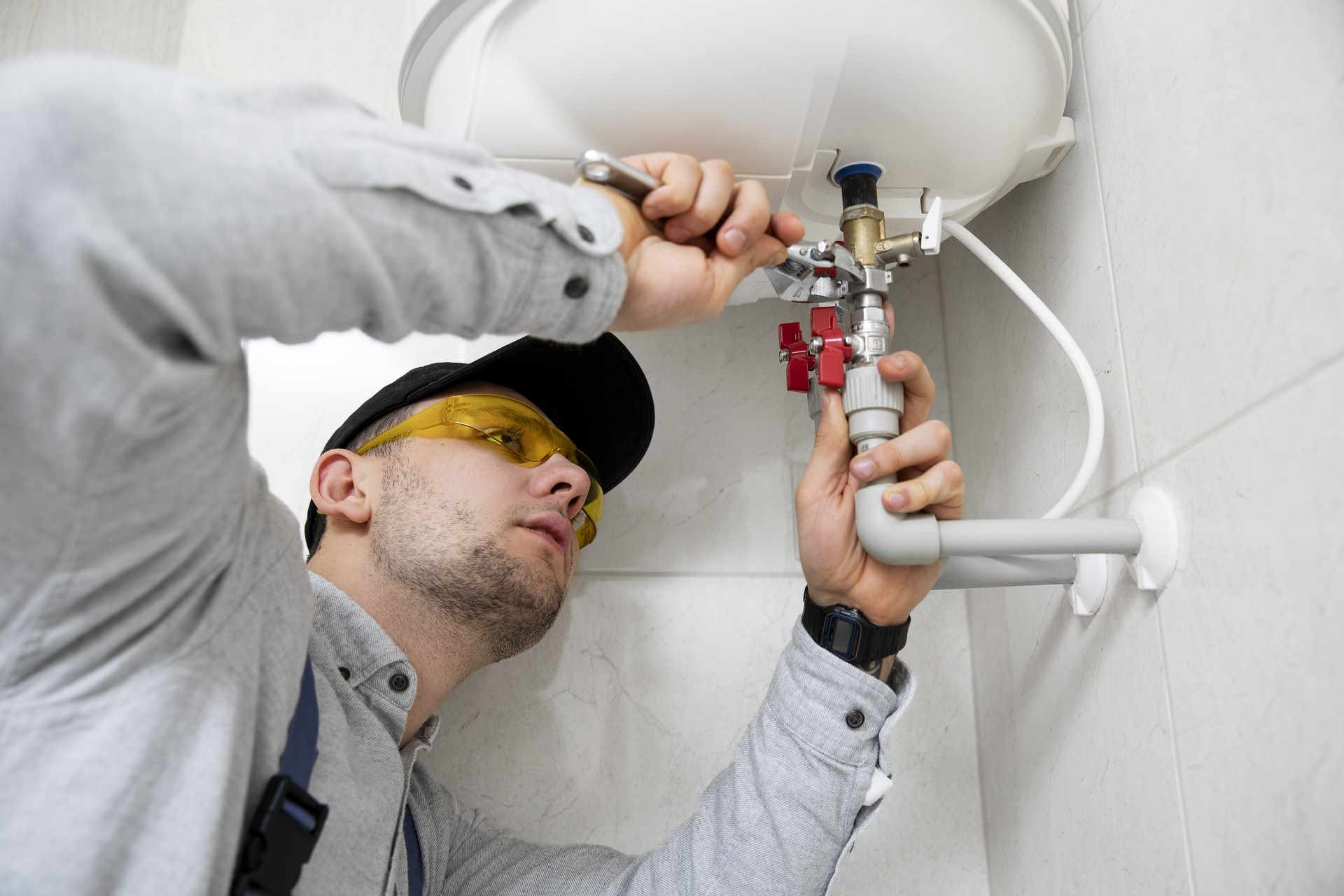How to Select the Best Garden Fence for Your Needs
Choosing the best garden fence depends on your specific needs, whether it’s for privacy, security, decoration, or keeping pets and wildlife in check. Start by considering the primary purpose—taller, solid panels work well for privacy, while decorative picket fences add charm without blocking the view. Materials like wood, vinyl, and metal each offer different levels of durability, maintenance, and style, so think about how much upkeep you’re willing to do. Don’t forget to match the fence to your garden’s design and your local climate for a long-lasting, functional, and attractive solution.

What Are the Most Popular Types of Garden Fences?
Garden fences come in a variety of materials and styles, each offering unique benefits. Wood remains a classic choice, providing a natural look that complements most garden designs. Cedar and pine are particularly popular due to their durability and resistance to decay. Alternatively, vinyl fencing has gained popularity for its low maintenance and long-lasting appearance.
Metal fences, including wrought iron and aluminum, offer excellent durability and security. They work particularly well in modern landscape designs and provide superior strength compared to wooden options. Chain-link fences are budget-friendly and ideal for gardeners seeking functional boundary protection without compromising visibility.
What Factors Should I Consider When Choosing a Garden Fence?
Selecting the right garden fence requires careful consideration of several key factors. First, assess your primary purpose - are you seeking privacy, security, wind protection, or aesthetic enhancement? Climate plays a crucial role in material selection, with some materials performing better in humid or dry environments.
Consider your garden’s specific needs. If you’re protecting vegetable gardens, choose a fence that prevents animal intrusion while allowing adequate sunlight and air circulation. For decorative purposes, ornamental designs might take precedence over pure functionality.
Installation and Maintenance Considerations
Professional installation versus DIY is an important decision. While DIY can reduce costs, professional installers ensure proper alignment, depth, and structural integrity. Most garden fences require some maintenance, with wood needing regular staining or painting, and metal fences potentially requiring rust prevention treatments.
Garden Fence Cost Breakdown
Garden fence costs vary widely depending on materials and installation complexity. Here’s a typical pricing overview:
| Fence Type | Material Cost per Linear Foot | Installation Cost | Total Estimated Cost |
|---|---|---|---|
| Wood Fence | $10 - $20 | $30 - $50 | $40 - $70 |
| Vinyl Fence | $20 - $40 | $35 - $55 | $55 - $95 |
| Metal Fence | $25 - $50 | $40 - $60 | $65 - $110 |
| Chain Link | $5 - $20 | $25 - $45 | $30 - $65 |
Prices, rates, or cost estimates mentioned in this article are based on the latest available information but may change over time. Independent research is advised before making financial decisions.
Environmental and Local Regulation Considerations
Before installing your garden fence, check local zoning regulations and homeowners association guidelines. Some areas have specific height restrictions or material requirements. Additionally, consider environmental impact - choose sustainable materials and designs that support local ecosystem health.
Conclusion
Selecting the perfect garden fence involves balancing aesthetics, functionality, budget, and local requirements. By carefully evaluating your specific needs and understanding available options, you can create a fence that not only defines your garden’s boundaries but also enhances its overall beauty and purpose.




